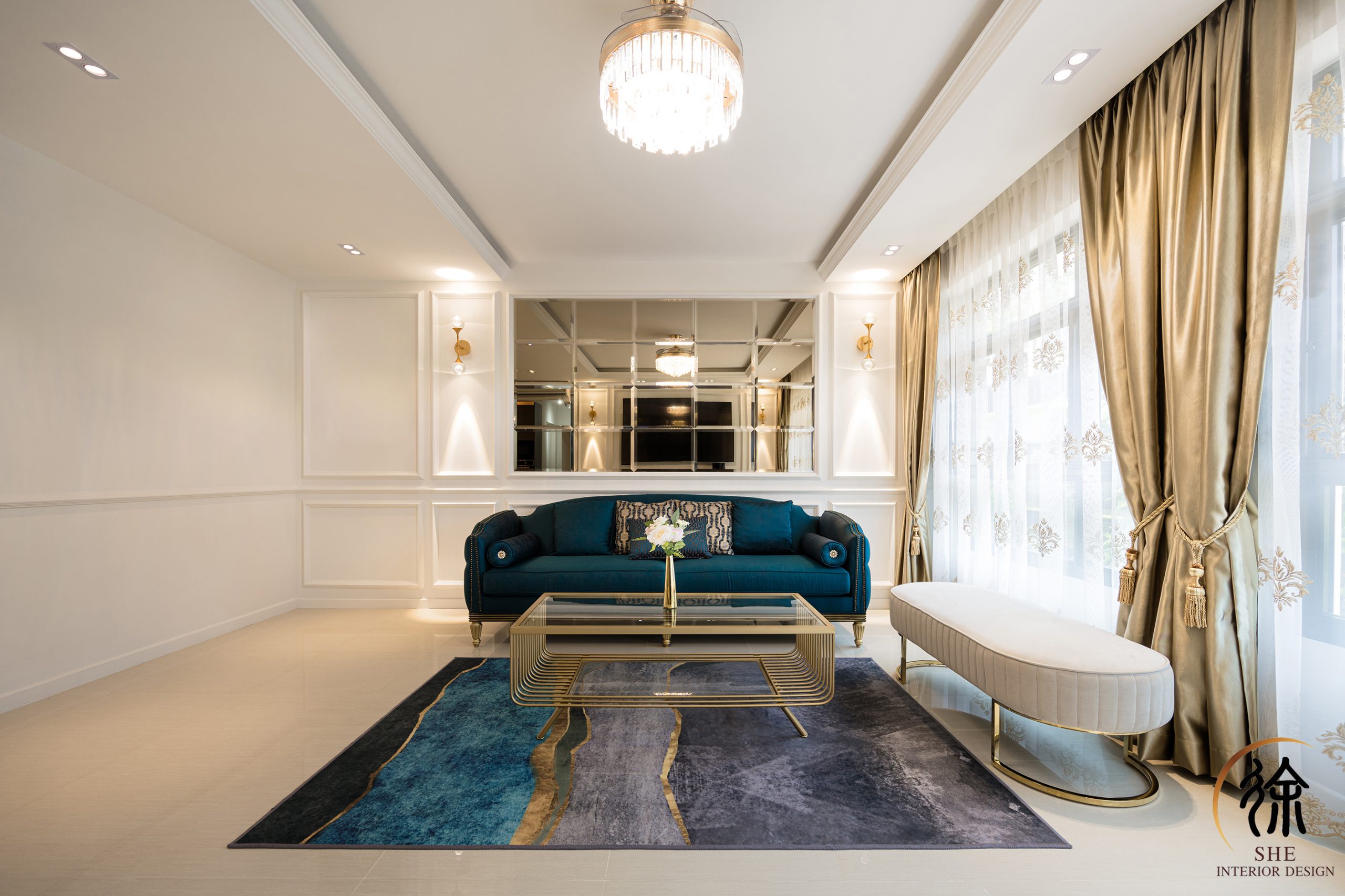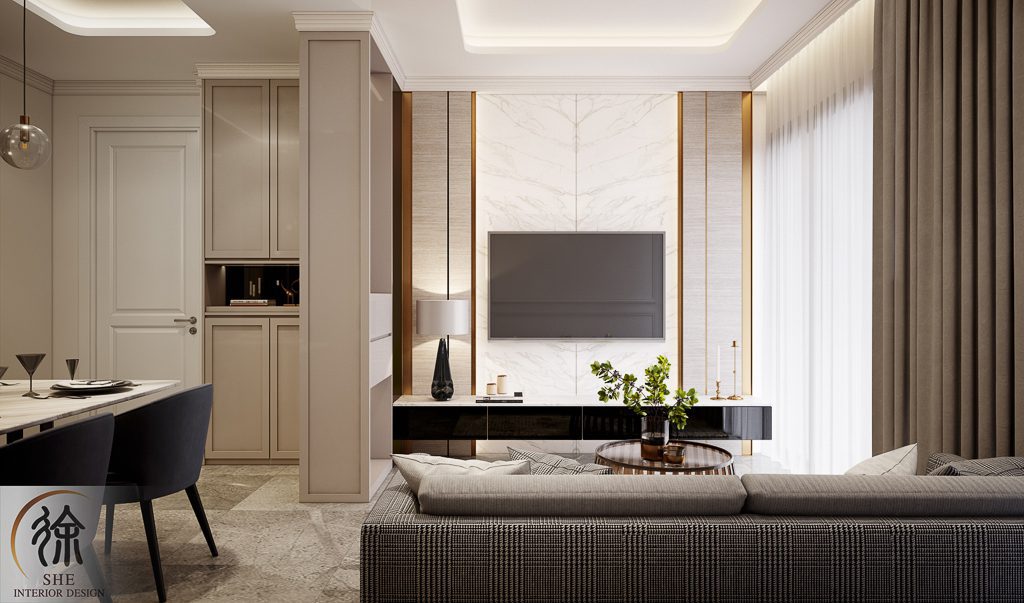In the modern world, design practices play a crucial role in shaping our environment. From architecture to product design, responsible design practices are gaining prominence as we become increasingly aware of the impact of our actions on the planet. Balancing beauty and environmental considerations has become a priority for designers across various industries. In this article, we will explore the concept of responsible design practices and discuss how designers can create beautiful and sustainable solutions. Let’s delve into the various aspects of responsible design and the strategies that can be employed to achieve this balance.

What are responsible design practices and how can designers balance beauty with environmental impact?
Responsible design practices refer to the conscious effort of designers to minimize the negative impact of their creations on the environment. It involves considering sustainability, energy efficiency, material choices, waste reduction, and social impact throughout the design process. Responsible design aims to strike a harmonious balance between aesthetics, functionality, and environmental considerations.
What is the environmental impact of design and why is it important to understand?
Design choices can have significant environmental consequences. From excessive resource consumption to pollution and waste generation, design practices can contribute to the degradation of our planet. By understanding the environmental impact of design, designers can identify areas where improvements can be made to reduce the negative effects.
Incorporating Sustainable Materials
One key aspect of responsible design is the use of sustainable materials. Designers can opt for renewable, recyclable, or upcycled materials that have a lower environmental footprint. By making conscious choices in material selection, designers can promote responsible consumption and contribute to a circular economy.
Energy Efficiency in Design
Energy efficiency is another crucial consideration in responsible design practices. By integrating energy-efficient technologies and strategies, designers can minimize energy consumption and reduce the carbon footprint of their creations. This can be achieved through innovative lighting systems, efficient insulation, and smart use of natural light and ventilation.
Promoting Circular Design Principles
Circular design principles emphasize the importance of designing products and systems with a focus on longevity, repairability, and recyclability. By incorporating these principles, designers can contribute to the circular economy by reducing waste and extending the lifespan of products.
Designing for Durability and Longevity
Designing for durability and longevity is an effective way to promote responsible design practices. By creating products that are built to last, designers can reduce the need for frequent replacements and minimize waste generation. This approach encourages consumers to invest in quality products that have a longer lifespan.
Reducing Waste through Minimalism
Minimalism is an aesthetic and philosophical approach that advocates for simplicity and reduction of excess. In design, embracing minimalism can help reduce waste by focusing on essential elements and avoiding unnecessary embellishments. Minimalist design promotes clean lines, functional spaces, and a clutter-free environment.
Biophilic Design: Connecting with Nature
Biophilic design seeks to establish a connection between human beings and the natural world through the incorporation of natural elements into design. By integrating natural light, green spaces, and organic materials, designers can create environments that promote well-being, improve air quality, and enhance the overall human experience.
Embracing Renewable Energy Sources
Responsible design practices involve harnessing the power of renewable energy sources. Designers can integrate solar panels, wind turbines, and other sustainable energy systems into their projects to reduce reliance on fossil fuels and minimize the carbon footprint associated with energy consumption.
Designing for Social Impact
Design has the potential to bring about positive social change. Responsible design practices consider the social impact of design decisions, addressing issues such as accessibility, inclusivity, and community engagement. By creating designs that benefit society as a whole, designers can contribute to a more equitable and sustainable future.
Collaboration and Knowledge Sharing
Responsible design practices thrive on collaboration and knowledge sharing. By collaborating with experts from different disciplines and sharing best practices, designers can leverage collective expertise to tackle complex challenges. Collaboration encourages innovation, fosters creativity, and leads to the development of more sustainable solutions.
Educating Designers and Consumers
Education plays a vital role in promoting responsible design practices. By raising awareness about the environmental impact of design choices, designers can make informed decisions that prioritize sustainability. Additionally, educating consumers about responsible design can empower them to make conscious choices and support environmentally friendly products.

Case Studies: Successful Examples of Responsible Design
Examining successful case studies can provide valuable insights into responsible design practices. By analyzing real-world examples, designers can learn from innovative approaches and apply similar strategies in their own projects. Case studies highlight the positive outcomes of responsible design and inspire future designers to adopt sustainable principles.
What are the challenges in implementing responsible design practices and how can they be overcome?
Responsible design practices come with their own set of challenges. From cost considerations to market demands, designers may face obstacles when implementing sustainable strategies. By understanding these challenges and exploring possible solutions, designers can navigate the complexities and find creative ways to overcome them.
FAQs
Q1: How can responsible design practices benefit the environment? Responsible design practices minimize negative environmental impacts by promoting sustainable materials, energy efficiency, waste reduction, and social considerations. They help create a more sustainable and eco-friendly future.
Q2: What is circular design? Circular design is an approach that focuses on creating products and systems with a focus on longevity, repairability, and recyclability. It aims to reduce waste and extend the lifespan of products through responsible design choices.
Q3: How does biophilic design contribute to responsible design practices? Biophilic design connects humans with the natural world by incorporating natural elements into design. It enhances well-being, improves air quality, and promotes sustainability by creating environments that emulate nature.
Q4: What are the challenges in implementing responsible design practices? Challenges in responsible design include cost considerations, market demands, and the need for innovation. Designers must find creative solutions to overcome these challenges while still prioritizing sustainability.
Q5: How can consumers support responsible design practices? Consumers can support responsible design practices by choosing products made from sustainable materials, promoting energy-efficient technologies, and advocating for socially responsible designs.
Conclusion
Responsible design practices are essential for creating a sustainable and harmonious future. By embracing sustainable materials, energy efficiency, circular design principles, and considering social impact, designers can balance beauty with environmental considerations. Through collaboration, education, and innovative thinking, designers can pave the way for a more responsible and environmentally conscious design industry.
In conclusion, hiring “SHEinterior,” a brand specializing in eco-conscious design, offers three compelling reasons to choose their services. Firstly, their expertise in sustainable and responsible design ensures that your project aligns with your values of sustainability. Secondly, by opting for “SHEinterior,” you actively contribute to reducing your environmental footprint, thanks to their use of renewable materials and energy-efficient strategies. Lastly, with “SHEinterior,” you can achieve a harmonious balance of beauty and sustainability, as they create visually stunning spaces that are also environmentally responsible. By choosing “SHEinterior,” you can have confidence that your project will be aesthetically pleasing, environmentally friendly, and reflect your commitment to eco-conscious design.


